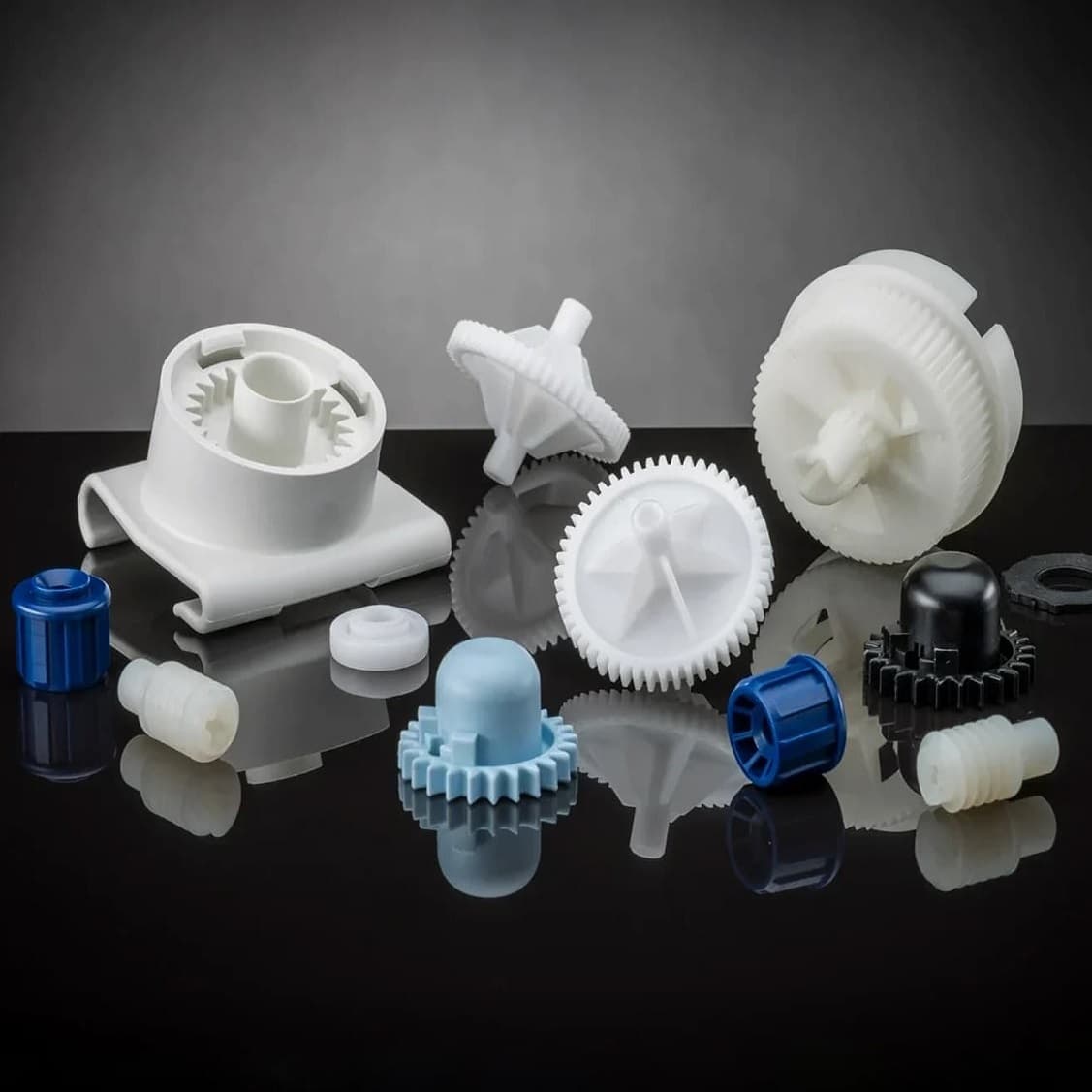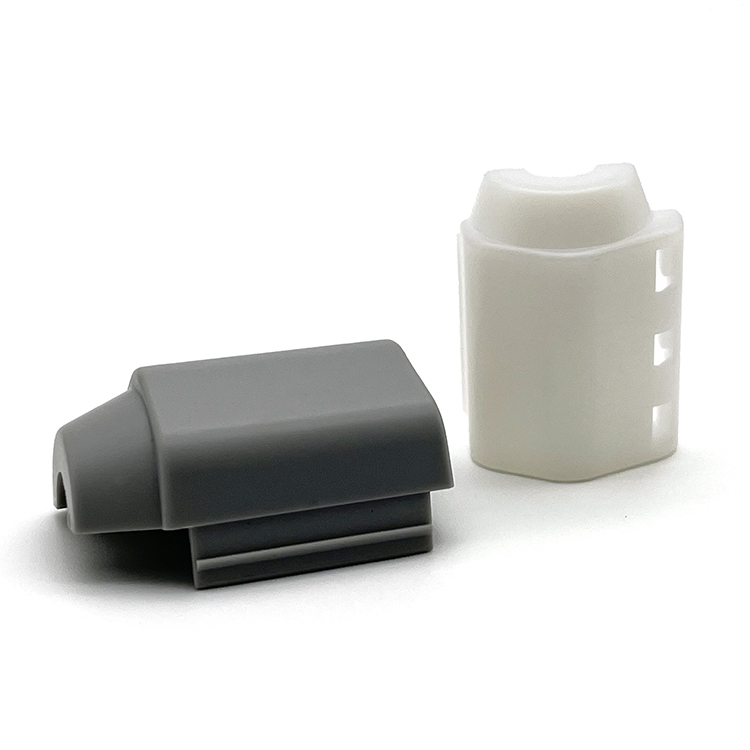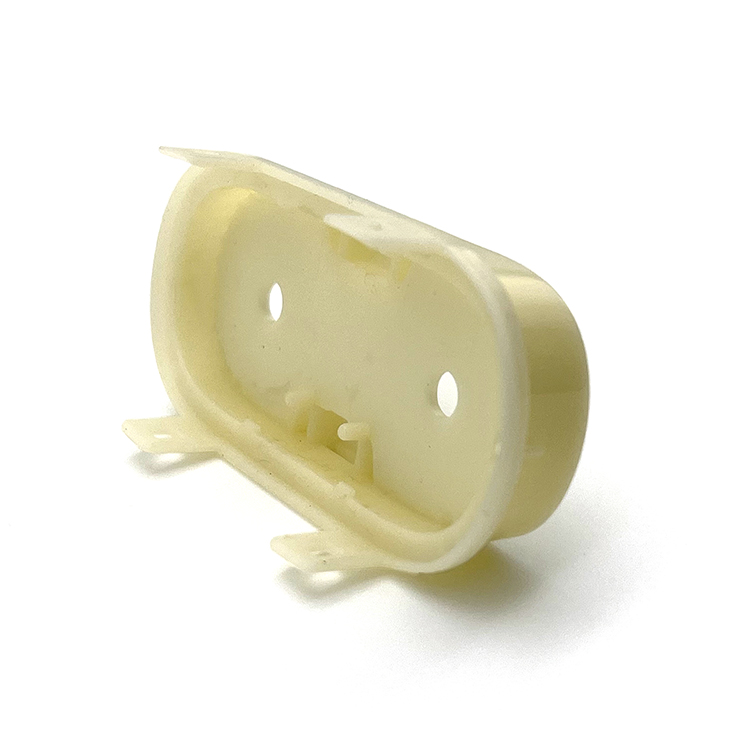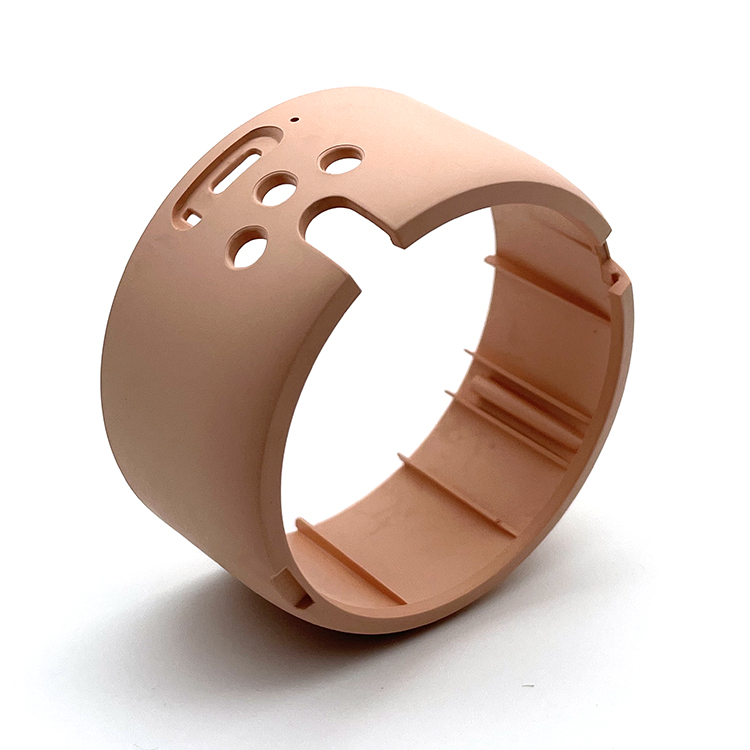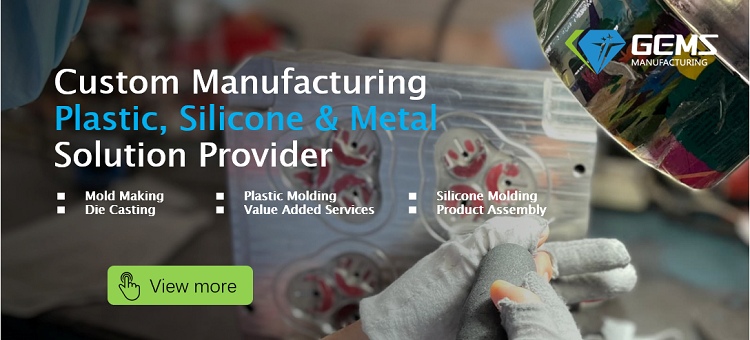III. The Injection Molding Process for POM and ABS Plastics
In the dynamic world of precision manufacturing, the choice between Polyoxymethylene (POM) and Acrylonitrile Butadiene Styrene (ABS) holds profound implications for the production of intricate plastic components. This comprehensive guide explores the injection molding processes for POM and ABS plastics, unraveling the distinct nuances that contribute to their widespread utilization in precision manufacturing. From material preparation to quality control, each stage in the injection molding journey unveils the unique characteristics that set POM and ABS apart.
POM (Polyoxymethylene):
- Material Preparation:
The journey of POM commences with meticulous material preparation, where polymer pellets undergo precise measurement and mixing. Factors such as POM’s high machinability, strength, and thermal stability dictate the selection of raw materials, ensuring optimal performance for specific project requirements.
- Melting and Injection:
POM’s high melting point becomes a focal point during the controlled melting process within the injection molding machine. Maintaining precise temperature and pressure conditions is critical as the molten POM is injected into the mold cavity. This phase showcases POM’s ability to adapt to intricate designs with exceptional precision.
- Cooling and Solidification:
Cooling and solidification mark a critical phase in ensuring the structural integrity of molded POM parts. The choice of mold material and the careful monitoring of cooling times prevent warping or internal stresses, underscoring POM’s low thermal expansion characteristics.
- Ejection:
Smooth ejection of the newly formed POM component is facilitated by mold design, considering POM’s higher hardness. This step ensures the preservation of intricate details, contributing to the overall quality and precision of the final product.
- Post-Processing:
Leveraging POM’s excellent machinability, post-processing involves precise techniques such as trimming excess material, surface finishing, or even assembly. POM’s versatility in post-processing enhances its suitability for a wide array of applications across diverse industries.
- Quality Control:
The culmination of the injection molding process involves rigorous quality control measures. Dimensional accuracy, surface finish, and structural integrity are scrutinized to ensure that the molded POM components meet or exceed the specified requirements, aligning with POM’s reputation for high-quality production standards.
ABS (Acrylonitrile Butadiene Styrene):
- Material Preparation:
ABS’s journey begins with meticulous material preparation, leveraging its ease of flow and impact resistance. The selection of polymer pellets is tailored to specific project requirements, considering factors such as color, strength, and thermal stability.
- Melting and Injection:
The injection molding machine accommodates the ease of flow of molten ABS during the controlled melting process. Precise temperature and pressure conditions are maintained as the molten ABS is injected into the mold cavity, showcasing its adaptability to intricate designs.
- Cooling and Solidification:
Cooling times play a crucial role in preventing warping or internal stresses in molded ABS parts. The choice of mold material dictates the cooling rate, highlighting ABS’s balance of strength and rigidity.
- Ejection:
Prompt ejection of the solidified ABS component ensures the preservation of its resilience. Mold design facilitates smooth ejection, contributing to the overall quality and precision of the final ABS product.
- Post-Processing:
ABS’s versatility extends to post-processing, where components may undergo trimming, surface finishing, or assembly. The ease of finishing techniques makes ABS suitable for a variety of post-processing applications, enhancing its adaptability in precision manufacturing.
- Quality Control:
Rigorous quality control measures for molded ABS components ensure adherence to high-quality production standards. Dimensional accuracy, surface finish, and structural integrity are scrutinized, aligning with ABS’s reputation for meeting stringent requirements in precision manufacturing.

